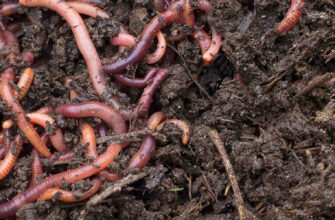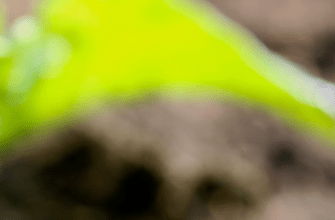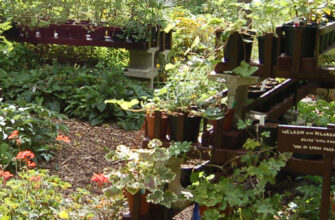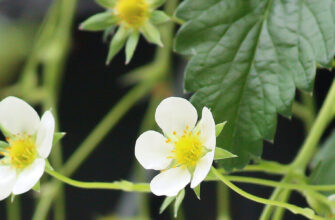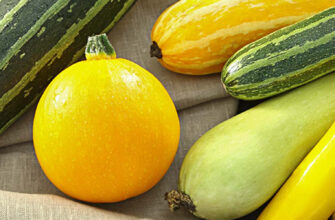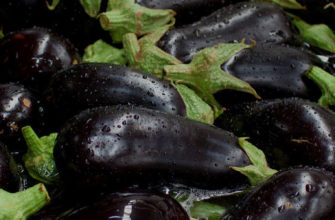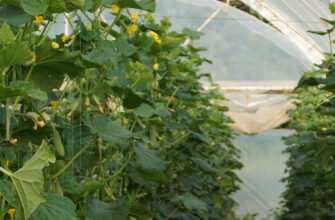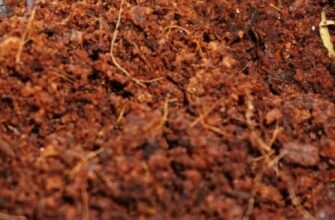The biggest challenges for organic farms are the emergence of diseases and pests that can severely damage crops. Their occurrence is almost always the result of a disrupted natural balance—which can be prevented. And prevention is always better than treatment.
Natural Enemies of Plant Pests
Organic farms have natural allies in plant protection:
- birds that feed on insects;
- insectivorous animals such as lizards, frogs, bats, moles;
- beneficial insects such as ladybugs, which prey on aphids and bugs;
- beetles that consume caterpillars, aphids, cicadas, and snails;
- hoverflies that destroy aphids;
- lacewings, whose larvae feed on aphids and Colorado potato beetle larvae;
- neighboring plants, including herbs.
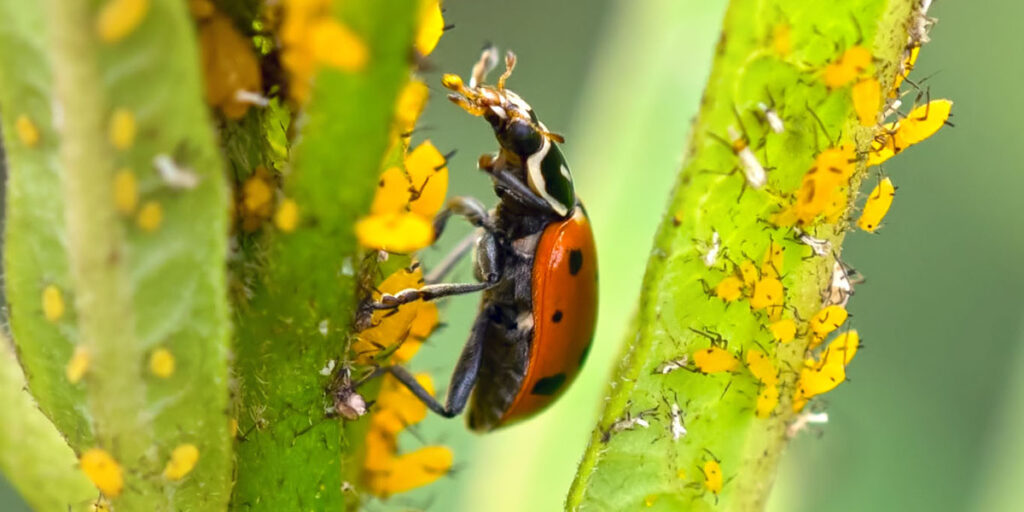
Plant protection products in organic farming are used only during periods of high risk of disease and pest outbreaks. The goal of protection is to eliminate the causes that trigger harmful organisms. An organic farmer should be aware of natural regulatory mechanisms and interfere with them as little as possible.
How to Ensure Plant Health
Plant health depends on many factors: variety selection, seed material, crop rotation, soil preparation, timely cultivation and care, harvest and storage, presence of macro- and micronutrients, weather conditions.
Variety Selection: Choose disease-resistant plant varieties and hybrids.
Crop Rotation: Growing the same crop on one field year after year or at short intervals leads to:
- widespread outbreaks of diseases and pests;
- increased weed infestation;
- one-sided soil depletion;
- soil fatigue from decomposing crop residues that hinder seed germination and plant growth.
Proper crop rotation prevents these problems—the best results come from 3–5-year rotations.
Timely Sowing: To improve yield quality and quantity, follow biodynamic calendar recommendations.
A key to healthy plants is healthy seed with high germination rates. Seeds must be sown at the right time in properly fertilized and prepared soil, followed by systematic care.
Seed Treatment
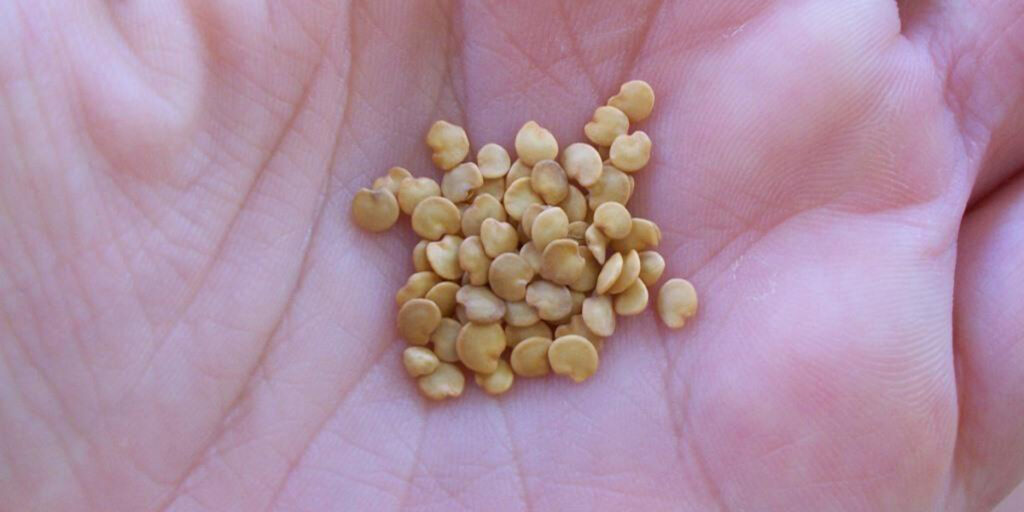
To prevent fungal and bacterial infections, seed treatment is used to avoid early damage. Organic farms use both wet and dry treatment methods.
Wet Methods:
- Soaking seeds in potassium permanganate solution—against fungal diseases.
- Soaking in 3–5% liquid glass solution for 20 minutes—effective against celery leaf spot.
- Soaking in water at 30°C for 10 hours, then 50°C for 10 minutes—against bacterial diseases.
- Soaking in a decoction of finely chopped bird cherry branches collected during bud swelling. Pour boiling water over the material, boil for 30 minutes, cool, and soak seeds for 12–24 hours.
- Soaking in chamomile infusion (150 g dried chamomile in 10 L water) for 30 minutes. Then dry the seeds on tissue or gauze.
Note: These methods are not suitable for all seeds. Use with caution.
Dry Treatment is done by mixing seeds with wood ash (preferably from deciduous trees, excluding oak) or basalt flour. Mix a few days before sowing for the best effect.
Regarding organic protection, farmers have access to a limited list of substances approved for organic farming. These are surface-acting and do not penetrate deeply into the plant, making them safe for consumption.
Biological Methods
Organic farmers use plant-based decoctions and infusions for spraying and irrigation. These are safe for beneficial fauna and humans as they rapidly lose toxicity when exposed to sunlight and air.
Such plants should be widely available—often they are weeds, common garden plants, or cultivated herbs.
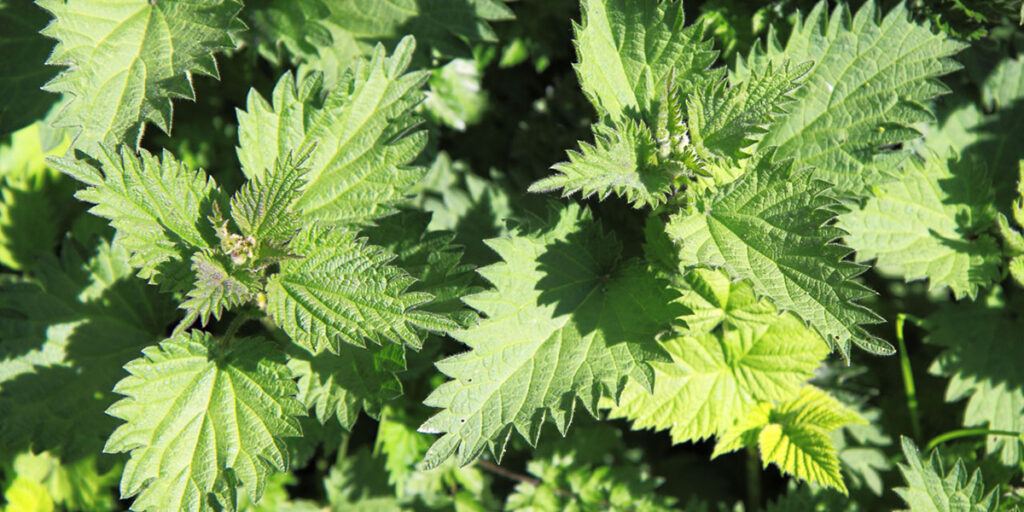
Common agents include:
Nettle Slurry: Used against aphids and cabbage beetles. Mix 1 kg fresh or 200 g dried nettle in 10 L water (preferably rainwater). Let ferment in a wooden or plastic container for 2 weeks, stirring daily. Dilute 1:10 before spraying. Apply on cloudy days or evenings, 100–500 L/ha. Repeat every few days.
Horsetail Extract: Helps with fungal infections. Use 1 kg fresh or 150 g dried horsetail (no roots) per 10 L water. Soak for 24 hours, bring to a boil, simmer for 1 hour. After cooling, dilute 1:5. Spray plants several times per season every 2–3 weeks, preferably before full moon.
Seedling Strengthening: After transplanting, water with herbal suspension: 10 g lavender, 5 g lemon balm, 5 g lovage, 5 g sage, 3 g marjoram in 10 L water. Ferment 10–14 days and spray plants and soil. Effective against powdery mildew and pests.
Mechanical and Agronomic Methods
The oldest and simplest protection method is mechanical. Key measures:
- fencing to protect against hares and other animals;
- sticky tapes in fall (coated with fruit glue or a mix of 60 parts rosin, 30 parts resin, 10 parts rapeseed oil);
- corrugated paper bands on fruit trees to trap overwintering caterpillars;
- remove crop residues from fields—these are shelters and overwintering spots for many pests.
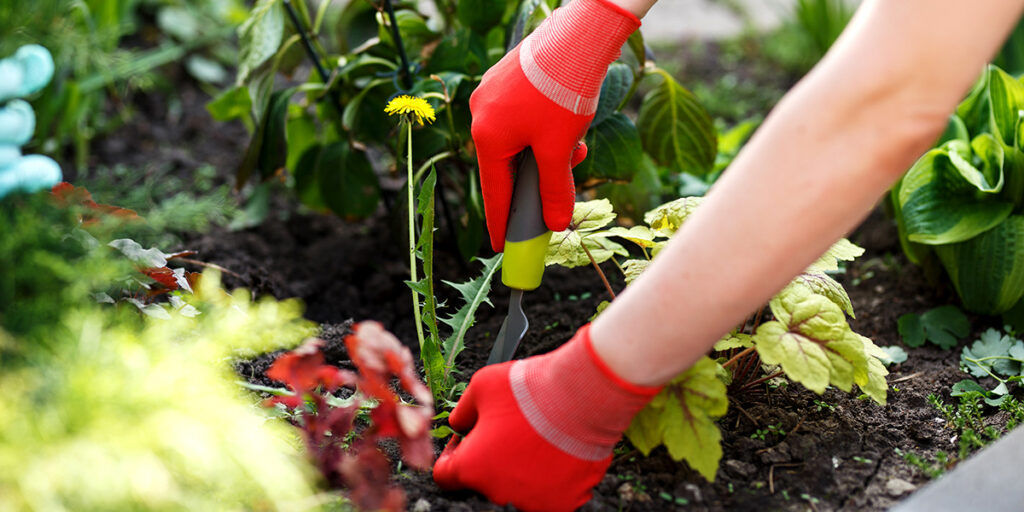
Plant protection in organic farming means rejecting chemical use in crop production. This is especially relevant for homegrown vegetables, as in commercial production the risk of yield loss is much higher.
If you have found a spelling error, please, notify us by selecting that text and pressing Ctrl+Enter.

